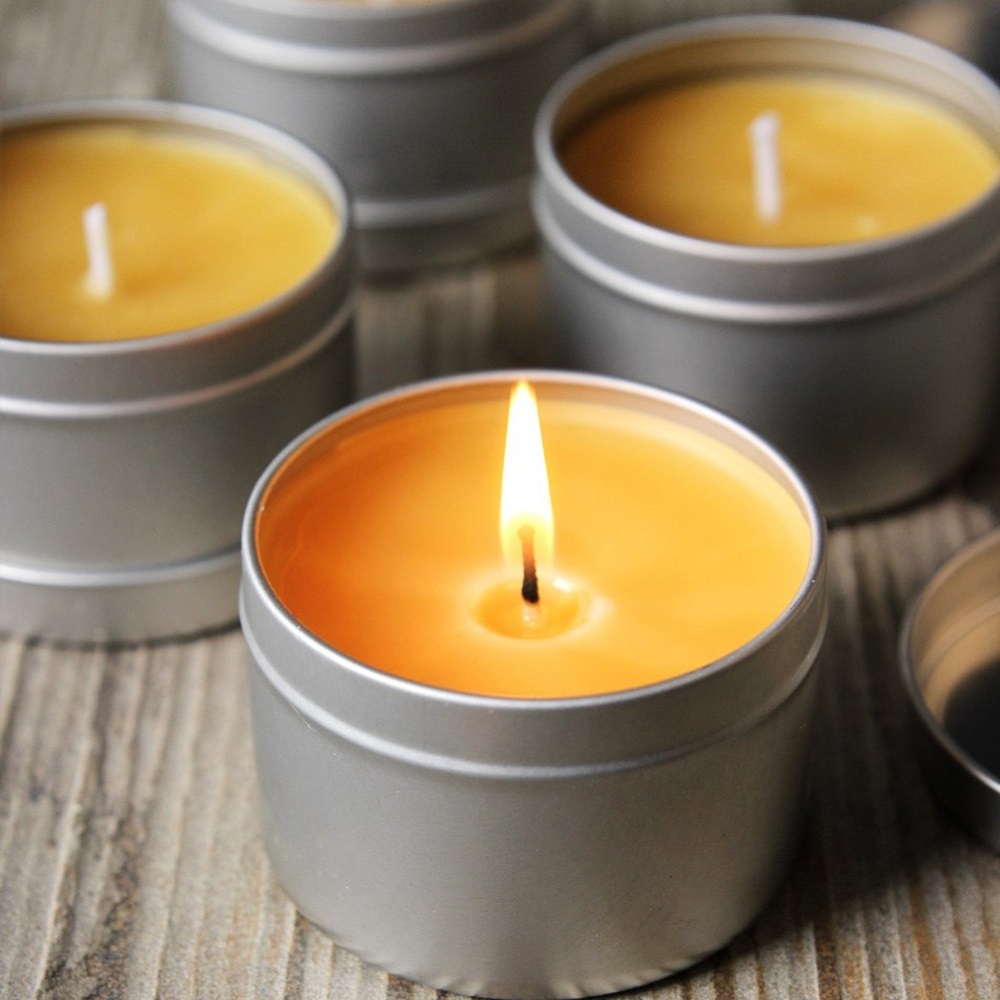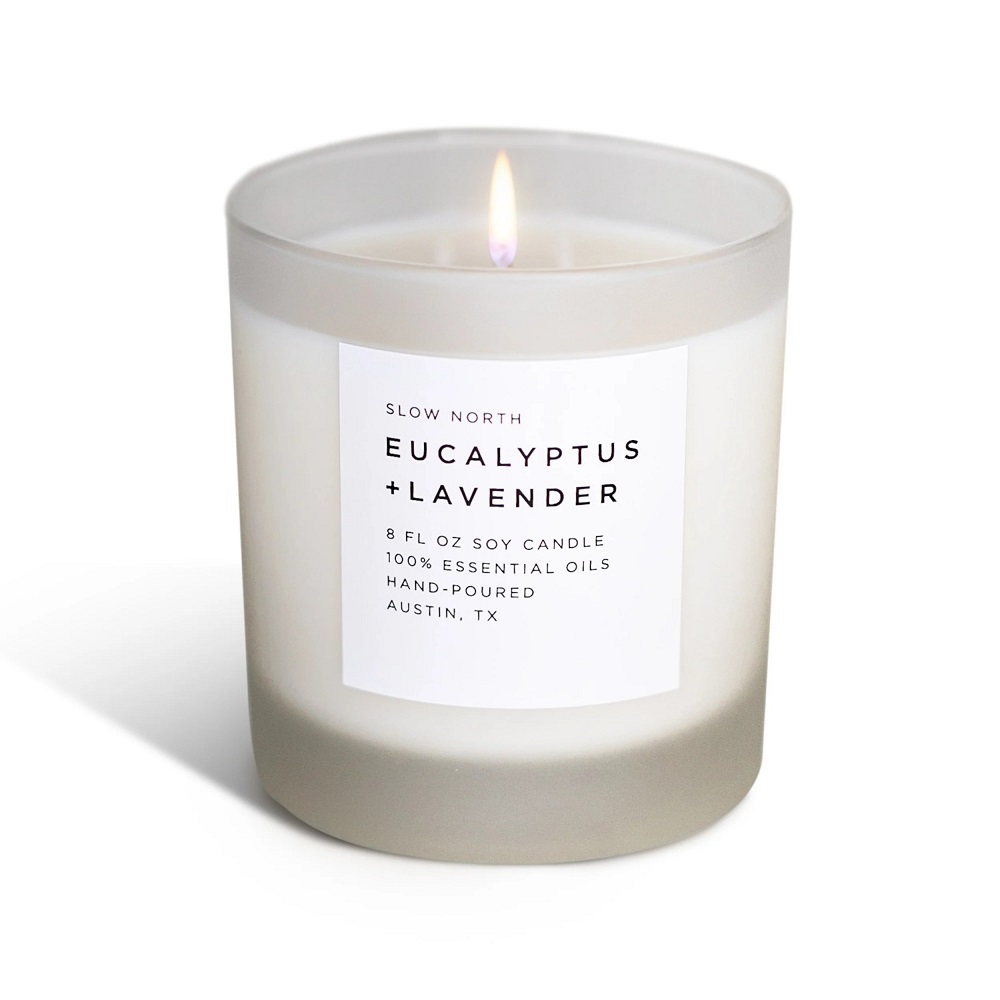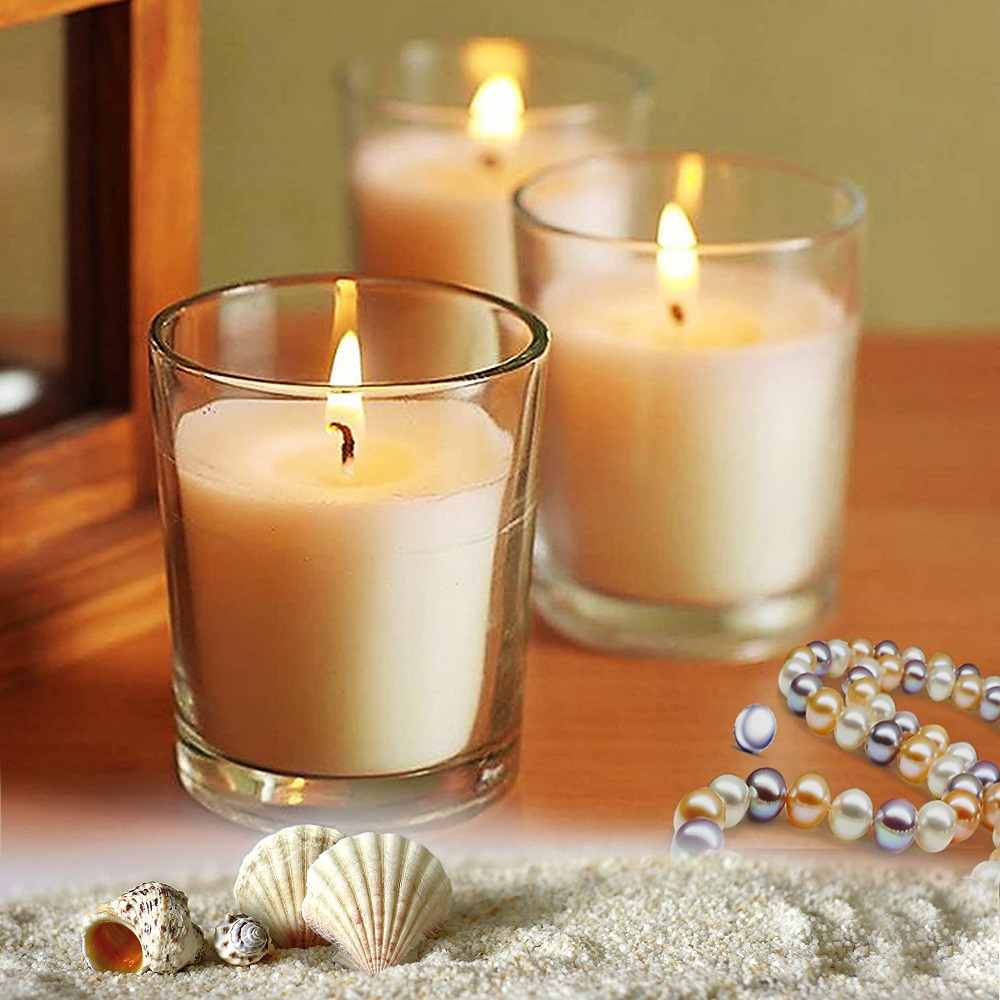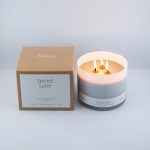Choosing Natural Scent Sources
When crafting naturally scented candles, selecting the right scent sources is crucial. Natural ingredients provide a unique fragrance that’s both refreshing and soothing. They are safe for the environment and often hypoallergenic, making them a perfect choice for candle makers aiming for an organic feel.
Coffee Beans
Coffee beans are a superb choice for adding a warm, invigorating scent to candles. The rich, robust aroma of coffee is known to energize and uplift, making it ideal for morning or study-room candles. For best results, using freshly ground coffee beans can enhance the scent’s potency in the wax.
Citrus Peels
Citrus peels, such as those from oranges, lemons, and limes, offer a fresh, tangy fragrance to candle creations. The essential oils in citrus peels naturally diffuse a clean and crisp scent that can invigorate any space. Dried citrus peels mixed into the wax before the setting can retain the freshness and extend the candle’s aromatic life.
Vanilla Pods
Vanilla pods are synonymous with a sweet, creamy aroma that’s both comforting and luxurious. Utilizing whole vanilla pods or scraping out the seeds into the candle mix can infuse your candles with this delightful fragrance. Vanilla is particularly popular for its versatility and wide appeal, making it a staple in scent portfolios.

Techniques for Infusing Scents
For those exploring how to add scent to candles without essential oils, mastering effective techniques is key. Understanding the best ways to infuse scents ensures your candles have a pleasant, lasting aroma. Below are some proven methods that can help.
Melting and Mixing Methods
One common approach is the melting and mixing method. Begin by heating your wax to the appropriate temperature. Then, mix in your natural scent materials. For instance, stir in ground coffee beans, citrus peel shreds, or vanilla pod seeds. It’s crucial to mix them well to ensure even distribution throughout the wax. This method works well because it allows the natural scents to thoroughly mingle with the melted wax, capturing their essence effectively.
Layering Scented Materials
Another innovative technique is layering scented materials. Start by pouring a base layer of unscented wax into your mold. Once this layer cools slightly, add a layer of your chosen scent material—like citrus peels or vanilla pods—before adding another layer of wax. Repeat this process to create multiple layers. This technique allows for a gradual release of scent as the candle burns through each layer. It offers a subtle, varied olfactory experience that can enhance the enjoyment of your candle’s natural fragrance.
Scent Release: Timing and Intensity
For a candle to be truly captivating, it’s not just about the scent itself but how and when it releases its aroma. The timing and intensity of scent release are pivotal in providing an unforgettable sensory experience. Now let’s explore key aspects in controlling these factors.
Managing Scent Strength During Candle Making
Managing scent strength starts at the candle making stage. To ensure a strong and consistent fragrance, consider the concentration of the natural scents. Use a higher ratio of scent material to wax if a more intense aroma is desired. However, be mindful not to overload as it could affect burning quality. Scent durability also matters. Opt for scent sources that have a lasting smell, like coffee beans or dried vanilla pods, for a long-lasting effect. Stir scent materials into the wax thoroughly for uniform distribution. This is important for maintaining scent potency throughout the candle’s life.
The Role of Pouring Temperatures on Scent Preservation
Pouring temperatures play a critical role in scent preservation. Pouring the wax at too high of a temperature can cause the natural scents to evaporate, resulting in a weaker fragrance. To preserve scent integrity, let the wax cool a bit after melting before adding your natural scent materials. Monitor the temperature carefully. Optimal pouring temperatures will vary based on the type of wax and the scents being used. Testing different temperatures with small batches can help you find the sweet spot for maximum scent preservation. This approach ensures that the natural essence of ingredients like citrus peels and coffee is retained and not lost to the heat process.

Design Considerations for Scented Candles
When designing scented candles, aesthetics meet function. The visual appeal of your candles can enhance their overall impact. This section focuses on two major design aspects that influence the allure and efficacy of naturally scented candles.
Color and Scent Coordination
Color plays a vital role in the overall candle experience. Pairing the right color with a scent can enrich the sensory delight. For citrus scented candles, bright colors like yellow or orange reflect the zest of the fruit. For warmer scents like coffee or vanilla, choose deeper hues such as brown or cream. The synergy between color and scent can create an inviting atmosphere and often reinforces the scent’s impression.
Container Selection Impact on Scent Distribution
The container you choose for your candles does more than hold wax; it shapes the scent distribution. Open, wide containers release aroma quickly. They are great for large spaces. Tall, narrow containers focus the scent, making it less intense but more concentrated. Glass containers can show off the beauty of layered materials. Remember to select a container that complements the scent’s intensity for an optimized olfactory experience.
DIY Natural Scent Extracts for Candle Making
Creating your own natural scent extracts can be a rewarding and fun part of candle making. With the goal of avoiding synthetic fragrances and essential oils, homemade extracts provide a pure and potent way to impart scent into your candles. Here’s how you can craft your own extracts from citrus peels and coffee beans.
How to Create Homemade Citrus Extracts
Homemade citrus extracts capture the essence of fresh citrus fruits. Follow these simple steps:
- Peel various citrus fruits, like oranges, lemons, or limes, to collect their peels.
- Allow the peels to dry completely, either in a warm, sunny location or a dehydrator.
- Once dry, chop the peels finely and place them in a jar.
- Cover the peels with a carrier oil, like almond or grapeseed oil. This oil should be odorless to not affect the citrus scent.
- Seal the jar and let it sit in a cool, dark place. Shake it daily for at least one week.
- After one week, strain the oil to remove the solid bits of peel.
You now have a potent citrus extract that can be incorporated into your candle wax for a delightful, natural aroma.
Simple Steps for Coffee Extract Preparation
For coffee lovers, making a coffee extract offers a warming and inviting scent. Here’s how to create one:
- Grind coffee beans to a coarse consistency.
- Place the grounds in a jar and cover with a carrier oil, just like with the citrus peels.
- Close the jar tightly and store in a dark place, shaking it daily.
- After one week, strain the oil through a fine mesh to remove the coffee grounds.
The result is a homemade coffee extract with a rich scent, perfect for infusing into candle wax. Both extracts should be used in moderation when added to candles to avoid overpowering the senses and to ensure the wax sets properly.

Safety Tips for Natural Scent Handling
When handling natural ingredients for candle making, safety comes first. It’s essential to handle these materials with care to prevent accidents and ensure a safe crafting environment.
Precautions with Natural Ingredients
- Wear Protective Gear: Gloves and masks can shield against irritants. Always wear them when handling natural scents.
- Well-Ventilated Area: Work in a space with ample air flow. This reduces inhalation of fine particles from dried ingredients.
- Avoid Direct Skin Contact: Some natural components may irritate the skin. Prevent direct contact when possible.
- Keep Away from Heat Sources: Store flammable items like dry citrus peels away from heat to prevent fire hazards.
- Wash Hands Thoroughly: After handling scents, wash your hands to remove any residue that might cause irritation.
Best Practices for Scent Storage
Storing natural scents correctly extends their shelf life and potency. Here’s how to do it properly:
- Airtight Containers: Store scents in airtight containers to keep them fresh and potent.
- Cool, Dark Place: Expose stored scents to minimal light and heat to preserve their quality.
- Label Containers: Clearly label each container with the scent and the date of storage.
- Monitor Shelf Life: Use scents within their optimal time frame for best fragrance quality in candles.
- Keep Away from Moisture: Store materials in a dry location to prevent mold and degradation.
Marketing Naturally Scented Candles
Candles with natural scents have a unique niche in the marketplace. To stand out, effective marketing strategies are essential. Below, we focus on crafting a brand image and packaging design that resonate with eco-conscious consumers.
Branding Strategies for Natural Scents
Branding is paramount in conveying your candles’ natural qualities. Use clear messages that highlight the organic and hypoallergenic nature of your products. Adopt an eco-friendly logo and incorporate earthy tones in your marketing materials to reflect the natural essence of your scented candles. In your product narratives, tell a story of the careful selection of coffee beans, citrus peels, and vanilla pods to appeal to the senses of your customers. Emphasize the absence of essential oils, showcasing your commitment to maintaining an all-natural product lineup. Use social media to reach out to niches that appreciate sustainability and organically sourced materials. Engage with your audience by sharing tips on how to add scent to candles without essential oils.
Packaging Ideas for Attraction and Preservation
The packaging of your naturally scented candles should protect the aroma and catch the eye. Opt for materials that are eco-friendly and biodegradable, aligning with your brand’s values. Jars made from recycled glass or paper labels from sustainable forests can be big selling points. Make sure that the packaging is airtight to preserve the scent potency for a longer span. Use imagery that tells a story of the ingredients’ origins – like a coffee bean or citrus branch motif. Include instructions for proper storage and handling to educate buyers and help maintain the candle’s scent. Finally, consider offering reusable or refillable containers, adding value for the customer and sticking to sustainability principles.


